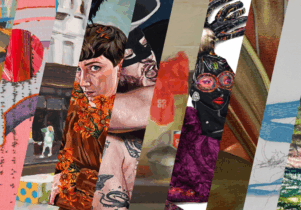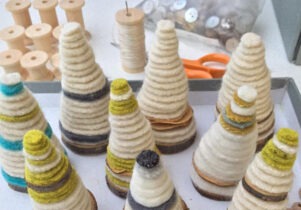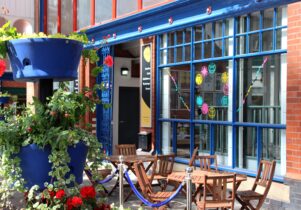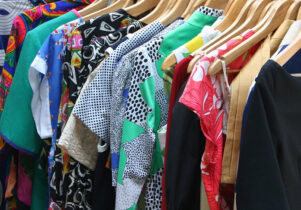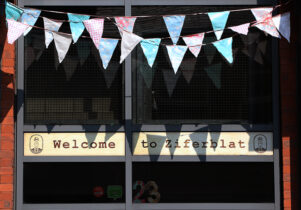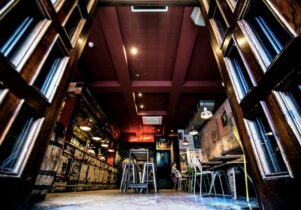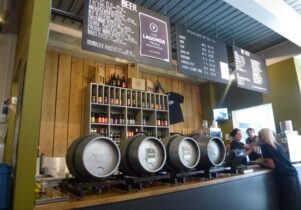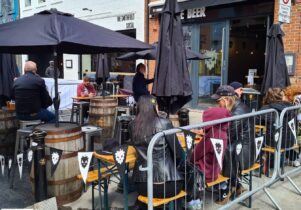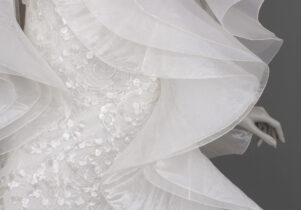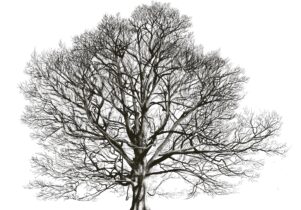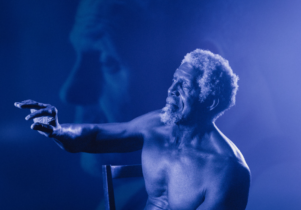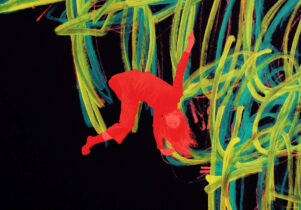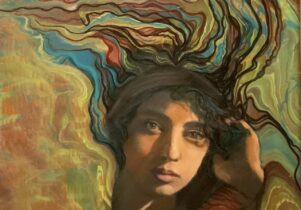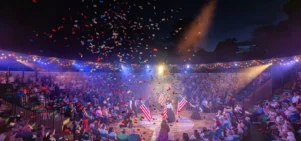Katab: Quilting Stories from India at Manchester Craft & Design Centre
Sara Jaspan, Exhibitions EditorVisit now
Katab: Quilting Stories from India
Always double check opening hours with the venue before making a special visit.
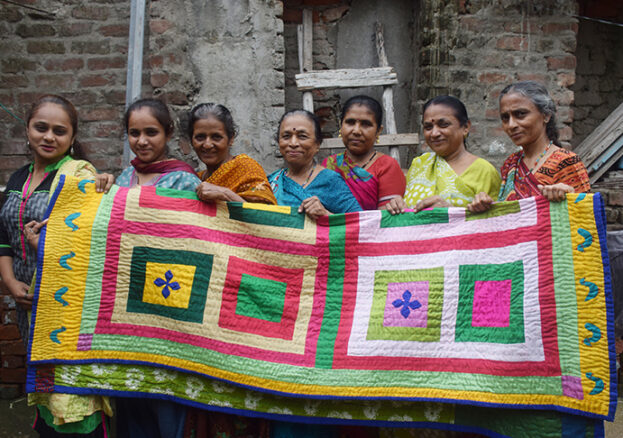
Often part of the joy of handmade objects is the idea of small scale production. Particularly of the individual maker, whose specialised skills allow the gap between their creative vision and the final, tangible outcome to be narrowed. Yet sadly, this is not always the reality. Katab: Quilting Stories from India at Manchester Craft & Design Centre is an exhibition that focuses upon the traditional craft of katab (appliqué), practiced by the women of several migrant communities scattered across the city of Ahmedabad in Western India; many of whom were once considered ‘untouchables’ under the Hindu ritual ranking.
For centuries, these women have used their specialised skills to make elaborate quilts (ralli), torans (door hangings) and bed covers, by sewing together small geometric units of brightly coloured cloth taken from old garments and discarded fabrics. Although this practice is still alive today; over the last two decades, the degree of creative expression available to the women involved has become greatly diminished, with many having been drawn into performing commercial work for clients, via agents, as a way of making a regular income for their families. Through this process, they are reduced to the status of skilled labourers with little to no influence over the commissioned designs they receive. They only see a fraction of the payment channelled through their agent, and no recognition for their role in the process.
Katab: Quilting Stories from India forms part of a long-term project that seeks to return creative agency and commercial independence to the katab artists. Acknowledging them as artisans in their own right, and helping them to develop other sustainable models for selling their quilts – without a chain of agents and external designers. The project, called Katab: Not Only For Money, is led by textile artists and researchers LOkesh Ghai and Emma Sumner, who have worked closely with members of the migrant communities on a range of initiatives, such as Quilting Stories. The exhibition will include the work of eight female katab artists, who have drawn upon their own lives, tastes and experiences to create a striking series of quilts.
Tellingly, rather than the ‘ethnic’ or ‘traditional’ patterns and motifs that are often associated with artworks of this kind, the quilts reflect a contemporary range of subjects, including iconic Hollywood and Bollywood films, and popular Hindi television series. As such, they are portraits of both the women that made them, and the wider society to which these women belong – rather than imitations of a past aesthetic. The result is likely to challenge perceptions of ‘traditional craft’ in the world of today, while deepening our understanding of katab and the beauty it holds.
